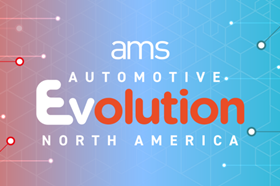
Change is the only constant for Volkswagen Chattanooga EVP Christopher Glover
The head of Volkswagen’s US plant operations is managing market and technology complexity through flexible facility design, practical digitalisation, training and engagement with workers. He speaks to AMS ahead of a keynote presentation at AMS Evolution North America in Michigan.
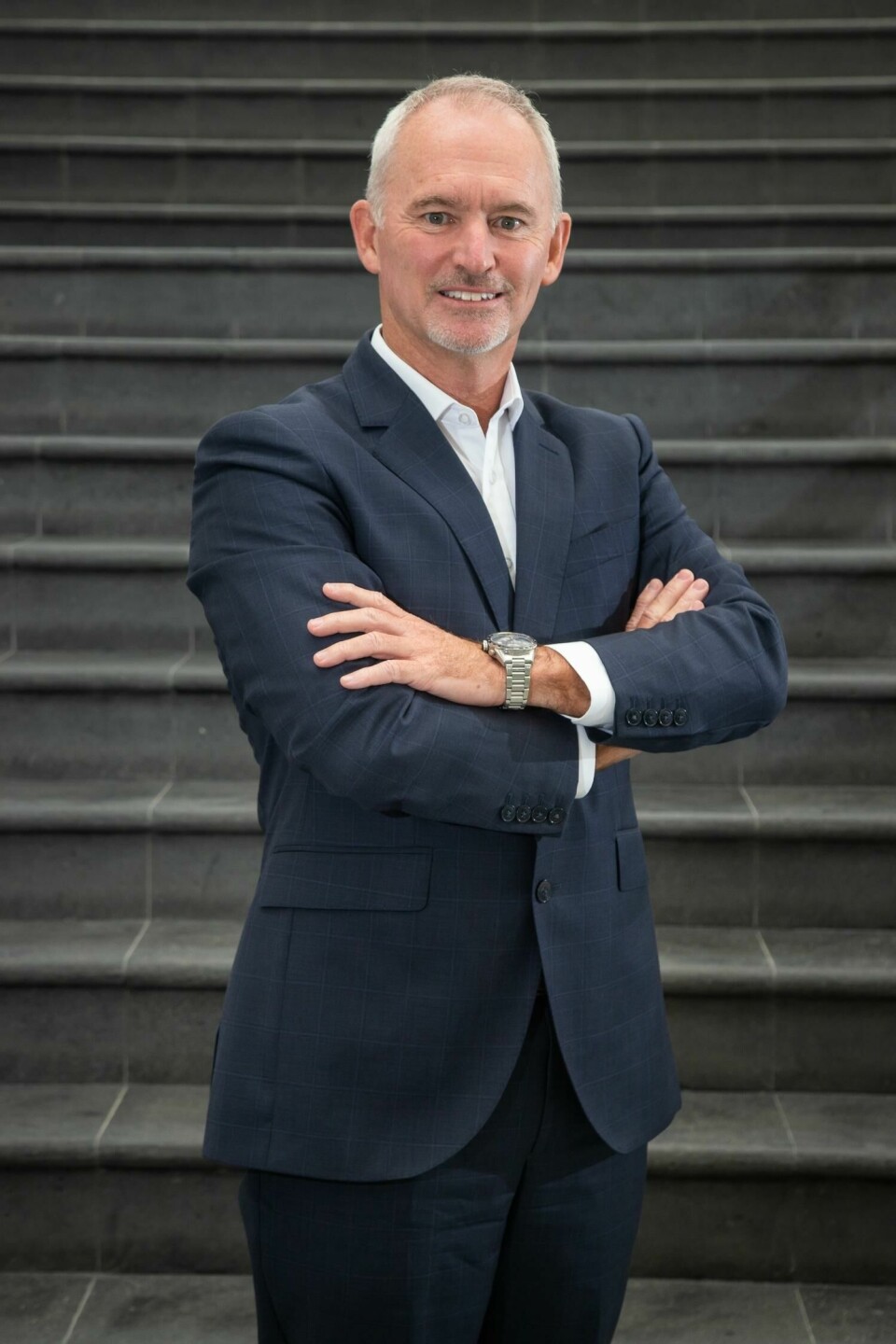
The executive vice-president has played an essential role in ramping up production at the plant across ICE and electric vehicles at Volkswagen’s US plant in Chattanooga, Tennessee
Volkswagen’s only US plant, in Chattanooga, Tennessee, has increasingly become a benchmark for the company’s manufacturing transition, including how to adapt processes and technology for electrification, digitalisation, supply chain and talent development.
For example, Chattanooga was the first Volkswagen plant equipped to build the carmaker’s two major vehicle architectures on the same body and assembly line. Today, it produces the Atlas and Atlas Sport SUVs, based on the Volkswagen Group’s MQB platform, alongside the ID.4 electric vehicle, on its electric vehicle MEB architecture.
Prioritising flexibility early in the investment and planning phase has “paid handsome dividends,” says Chris Glover, executive vice-president of Chattanooga Operations at Volkswagen Group of America, responsible for all manufacturing and operations at the plant.
With differing and uncertain rates of electrification in North America and globally, this multi-powertrain approach is increasingly being followed by other group plants.
Chattanooga has also invested in practical applications for smart factory and digitalisation, including the increased use of data-analytics for improving efficiency, as well as areas such as advanced computer-guided vision systems for quality control and management.
The expansion of models and products has led to high levels of new hires and advanced training for the plant. Over the past two years, Volkswagen has on-boarded around 3,500 new workers across plant functions in Chattanooga, placing a high demand on training to ensure flexibility across plant areas and the capability for the seamless assembly of internal combustion engine vehicles, EVs and battery packs.
A case study in manufacturing complexity
Meanwhile, Chattanooga is a bellwether for the rising complexity that automotive manufacturers face as vehicles and markets transform – changes that Glover calls a “revolution not an evolution”.
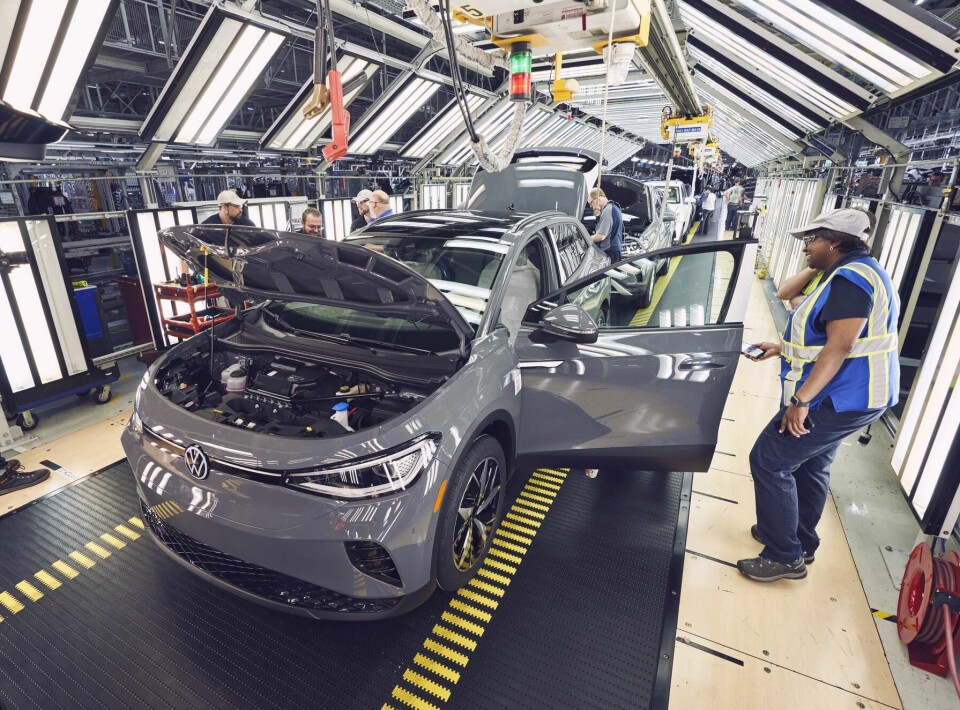
Volkswagen’s Chattanooga plant has developed training and implemented digitalisation to help its employees better manage the complexity that comes with producing both the ID.4 EV and Atlas SUVs on the same line
Despite the cost, supply and process challenges in EV and battery production, for example, Glover and his team were able to ramp up production successfully since the start of production in 2022, and are ready to adapt as the EV market ebbs and flows. Production in Chattanooga, as in other car plants, is highly dynamic, with daily challenges to the stability in supply chain, labour attrition and the increasing complexity of products.
Glover is energised by managing this complexity. He sees Chattanooga’s flexibility as a built-in advantage, from pivoting between architectures to rotating workers. Data analytics and AI will play a greater role from quality control to understanding impacts from upstream suppliers. Advanced robotics continue to offer new automation opportunities. But Glover also sees the skill, dedication and ingenuity of his team as the key to flexibility, including managing production complexity.
“We need a very well-trained workforce capable of realising the flexibility that we need in the production process,” says Glover. “For this we invest a lot of effort in onboarding our employees and ensuring competencies in our world class training academy.
Ultimately, Chattanooga is a linchpin for Volkswagen and the group’s growing presence in North America – which includes operations in Mexico, as well as new operations such as the PowerCo battery plant, set to start operations in St. Thomas, Canada in 2027. Glover sees significant opportunity in regional co-operation in the region, including shared knowhow and expertise, from flexible manufacturing and digitalisation to plant construction. (Interview continues after the box below)
Bringing flexibility to electric, combustion engine and software-define vehicles
Christopher Ludwig: We are seeing constant change in the automotive market and technology, whether consumer demand for EVs, new software or regulations. What are the most significant impacts to your operations in Chattanooga and how are you adapting?
Christopher Glover: It’s interesting you ask that because you used ‘constant’ and ‘change’ in your question – two contradictory words, but they perfectly describe our reality. The only constant in our industry right now is change. Whether it’s changes in products, markets, or technologies, we must constantly adapt. The automotive industry is currently going through the biggest transformation it has seen in over 100 years – it’s not an evolution, it’s a revolution.
One of the best decisions we made early on in Chattanooga was to integrate the production of electric and internal combustion engine vehicles on the same production line. This strategic decision allowed us to hedge our bets. If the EV market grows more slowly or faster than anticipated, we can balance that with ICE vehicle production. This has been a huge benefit because it gives us flexibility during this transformation. It allows us to maintain a certain level of consistency in production, even with the fluctuations in EV demand.
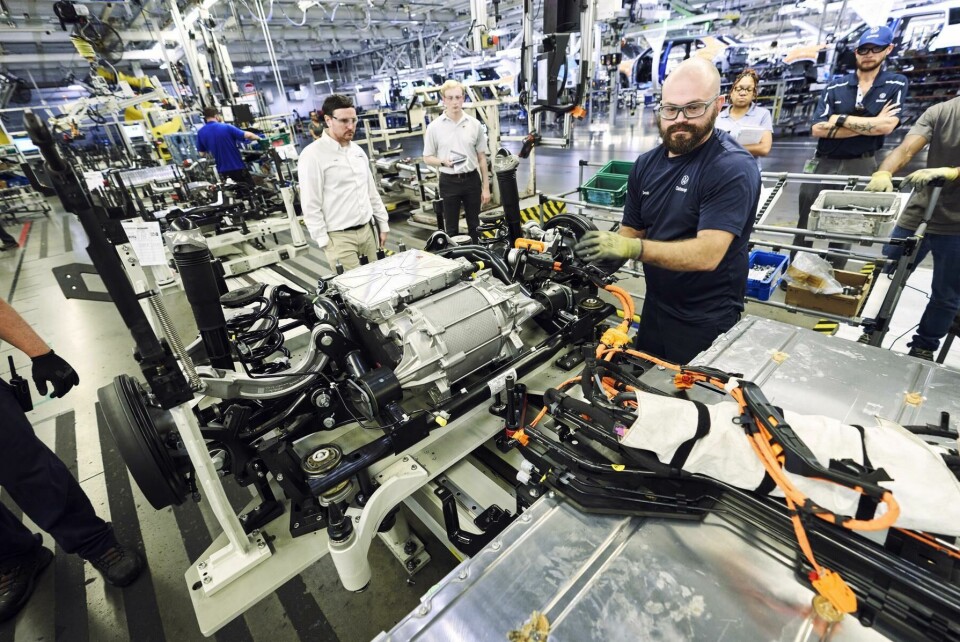
Producing vehicles with high levels of electronics and software has become one of the most complex areas for Volkswagen to manage in its production and logistics in Chattanooga
As you indicated, new vehicle and electrical software architectures also bring enormous challenges to vehicle assembly. We’re no longer just dealing with mechanical components that are visual and tactile. Now, we must deal with the world of electronics and software – bits and bytes that are largely invisible but just as crucial as physical components.
It means that along with traditional bolting, bonding and other conventional assembly processes, we’re assembling and commissioning up to 80 control units into each vehicle. Adding to this are advanced sensor technologies and infotainment, plus the on-board networks that tie these components together. Vehicle software is changing constantly and requires ongoing updates to meet new customer demands and ensure improved vehicle performance and safety.
It’s a world which is fundamentally different to the historical mechanical one and made more complex by the highly dynamic nature of vehicle assembly.
Can you give an example of how software is changing production processes?
For Volkswagen, we are sourcing electronic components from multiple areas of the world, and these control units and microprocessors are embedded in the different components that all need to be synchronised to the latest released engineering level. Depending on if we receive an electronic component from South Carolina, or if we receive a component from Europe, the logistics processes alone would change how and when we can update the software, posing a unique challenge in synchronising those software levels in each vehicle. And software is constantly changing in reaction to product changes, customer expectation, connectivity and legislation.

Volkswagen’s ability to build MQB-based Atlas SUVs in Chattanooga has been a strategic advantage in managing the uncertain transition to electric vehicles
With these changes becoming even more constant, what are your priorities for maintaining or even accelerating agility and flexibility?
First, understanding market trends and developments is critical, both internally and for our suppliers. The transformation we’re undergoing is happening at an unpredictable pace, and understanding the market in advance allows us to adjust our production programmes in a timely manner. That means not only giving ourselves time to react, but also giving our suppliers enough time to adjust their production schedules.
Another essential factor is flexible facility design. We’ve done this largely by combining two vehicle architectures on one assembly line, as well as to ensure flexibility in our body manufacturing processes. This allows us not only to maximise the utilisation of our capital investment and adapt more effectively to new products with a high degree of re-utilisation.
And finally, we need to develop a well-trained and adaptable workforce who can implement the flexibility that we need. That includes improving employee and skills retention as well as keeping our employees attuned to what’s happening in the marketplace. Our quarterly Townhall meetings and daily newsletters aim to keep everyone abreast of our main operational decisions, leading to a better understanding and a more motivated workforce.
You mentioned training and communicating with your workforce as key pillars in maintaining flexibility. With so many changes happening, how do you ensure your workforce can manage this growing complexity in production?
It starts way back in the recruitment process. Over the last two years, we’ve selected and hired more than 3,500 new employees. We have a very thorough on-boarding process. That includes fundamentals such as ensuring that people have the necessary dexterity and hand-eye coordination to perform tasks efficiently on the line. The new recruits then move into our ‘Profi-Room,’ (Professional Room) where they learn and practice the specific tasks they’ll be performing on the line. We even offer work-conditioning in our fitness centre to ensure the required level of fitness for the job. Only after they’ve completed this training do they move onto the assembly line for ongoing on the job training.
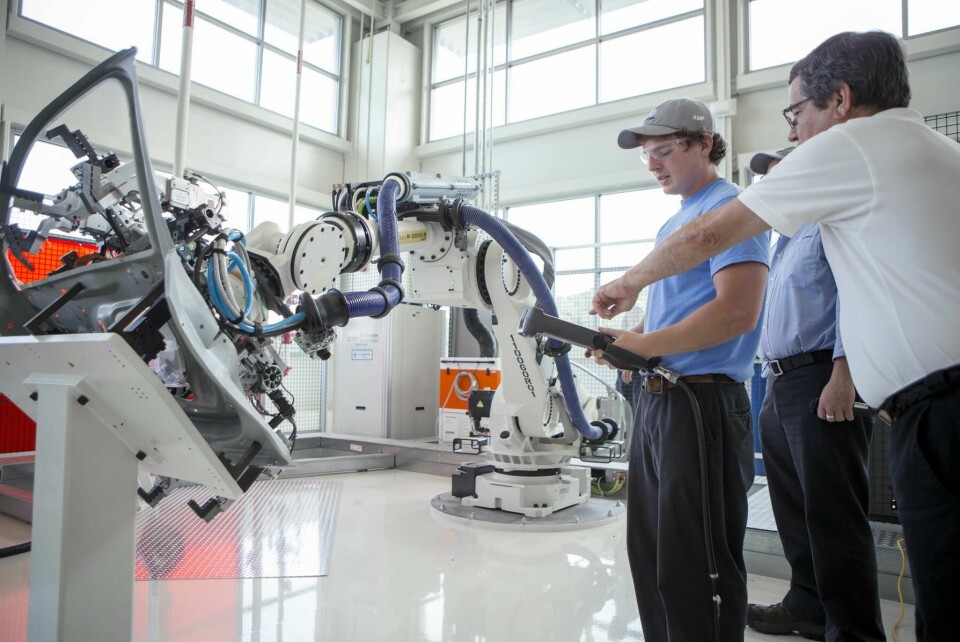
Volkswagen has onboarded more than 3,500 employees over the last two years as it ramped up EV and battery pack assembly, requiring strong training processes and IT systems that allow employees to move across roles most effectively
Once they’re on the line, we use a job rotation system, in which employees switch tasks every two hours. This helps our team members build a broad range of skills, especially when switching between EVs and ICE vehicles.
Skills gained and job rotation flexibility are all documented in a shopfloor IT system that empowers our line supervision to move people in the most effective way in the case of absence or schedule changes. Beyond employee training, our production system ensures that our logistics and quality control processes are standardised across the plant. Whether employees are working in battery assembly, body assembly or quality, they follow the same production principles. This consistency helps us maintain quality and makes it easier for employees to transition between jobs when required.
Toolkits to manage complexity
Many OEMs are aiming to reduce complexity in production to reduce cost, especially of EVs. Has that been an objective in Chattanooga?
In production, the days of Henry Ford’s ‘any colour as long as it’s black’ are long gone. Today’s customers expect personalisation, and each international market has different regulatory requirements.
So instead of reducing complexity, we work on managing it. Our lines are controlled and monitored by complex computer systems, and supported by other technologies such as RFID tagging, pick-to-light, AGVs and vision control systems all aimed to ensure that the correct parts are built into the vehicles with the quality our customers expect.
“Instead of reducing complexity, we work on managing it. Our lines are controlled and monitored by complex computer systems, and supported by other technologies such as RFID tagging, pick-to-light, AGVs and vision control systems all aimed to ensure that the correct parts are built into the vehicles with the quality our customers expect.”

In Chattanooga, Volkswagen has seen strong results from RFID and vision-control systems, whilst it is leverage the Volkswagen Group Digital Production Platform to leverage and standardise data and apps across locations
You’ve mentioned the role of digital tools in helping to manage this complexity. Could you tell us more about how Volkswagen is using data and digital platforms to improve production?
Globally we have developed systems to manage this complexity in a more efficient way. For example, Volkswagen’s Digital Production Platform (DPP) is a cloud-based approach that helps us to standardise systems across production, logistics, and quality control. Due to the complexity of our processes and the systems we employ to manage that, we gather immense amounts of data. The challenge is how to extract that data and present it in a useful way for all levels of leadership to make informed decisions. Here is where I really see great potential for artificial intelligence going forward.
While we haven’t deployed AI on a large scale yet in Chattanooga, we’re experimenting with small applications, particularly in vision control. Once the costs of these technologies come down, I see AI playing a bigger role in reducing the effort and time taken to analyse big data and make better decisions across the production process.
Do you see simulation and digital twins, enriched by AI and tools like virtual reality, playing a greater role in your production strategy?
Simulation and digital twin technology have potential, but I believe we need to be cautious about over-investing in technology without fully understanding the benefits, and about focusing too much on theoretical solutions rather than practical ones.
For example, before digital twins became popular, we had factory mapping systems that could document where each obstacle was in the production infrastructure. But production is very dynamic and mapping systems soon become outdated if not properly maintained. And when it comes to installing a new production line, planners and contractors often tear everything down and rebuild it anyway. Simulation technologies certainly provide useful insight into production flow and bottlenecks especially with multi-platform lines and imbalances between product content. The benefit of these depends heavily on the skill of the engineers who programme them. So, while digital mapping and simulation tools are useful, I believe the most benefit is derived by designing flexible systems from the start, so they can adapt as new products and processes are introduced.
The other thing to consider is that a vehicle manufacturing plant is certainly the most important, but only one singular element of an entire automotive ecosystem. The chain of production starts way back in the supply industry. I would like to see the application of digitalisation and data analytic to improve the cohesion between the plant, suppliers, and their upstream suppliers, to better understand variables and influences along the value chain. Our flexibility enables us to react to geopolitical, environmental, economic and other impacts, but we need early warnings to collectively overcome obstacles.
“A vehicle manufacturing plant is certainly the most important, but only one singular element of an entire automotive ecosystem… I would like to see the application of digitalisation and data analytic to improve the cohesion between the plant, suppliers, and their upstream suppliers, to better understand variables and influences along the value chain.”
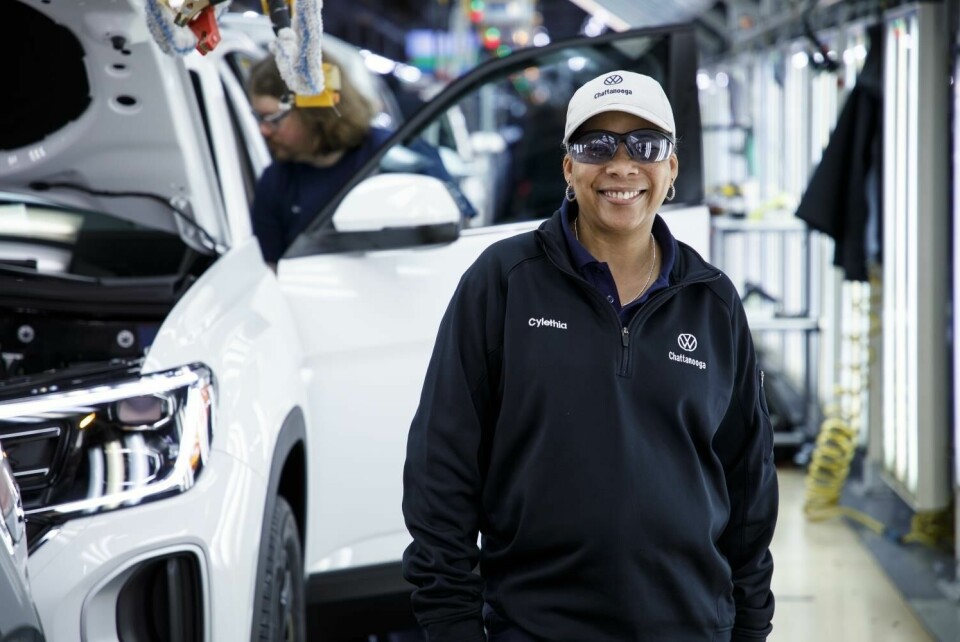
Whilst the plant has invested in significant new automation, Chattanooga takes a careful approach to robotics and new equipment, with emphasis on what humans can do more flexibly, what supports workers in their tasks
How are you balancing the use of greater automation with the need for flexibility in your operations?
Since Chattanooga is a relatively new plant [production started in 2011], it has higher levels of automation. But automation needs to be deployed in a smart way. The capital investment in automation is significant, and you need highly skilled people to maintain and programme the equipment. Automation is also inherently less flexible than manual labour. For example, if you need to make a small change in how a part is installed, it’s much quicker to explain it to a human operator than it is to reprogramme a robot.
Also, even the best technology needs to be carefully combined with specifics of every application. In Chattanooga, for example, we have fully automated cockpit installation. It works well, but the tolerance stack of car dimensions, conveyors, sub-assemblies and line movement complicate the automation process. In response, we have developed advanced control systems to handle such conditions. That is just one example of why we must carefully consider where it makes sense to automate and where manual processes might be more efficient in the long run.
Looking at the North America region, how do you see Volkswagen’s expansion in North America impacting manufacturing, for example the new PowerCo battery plant in Canada, expansion in Mexico and other group investments?
There is a drive within Volkswagen to regionalise operations, and North America lends itself to this. I have always been a strong supporter of collaboration especially having experienced personally the knowledge exchange between plants in VW for 40 years. We are already working closely with our colleagues in Mexico who have 60 years of car building expertise and experience compared to our 15 years. This relationship grows stronger and stronger. As the newcomer PowerCo comes online, we will certainly support them in their ramp up. Being a key player in our future value chain, PowerCo’s success will have a direct bearing on our production. These kinds of interchanges also benefit our employees, engineers and planners as they too get to ‘look over the fence’, contributing to their development and personal growth.
I believe this kind of regional collaboration is going to be a key factor in the sustained growth of Volkswagen in North America, paving the way for a bright future of our iconic brand.
